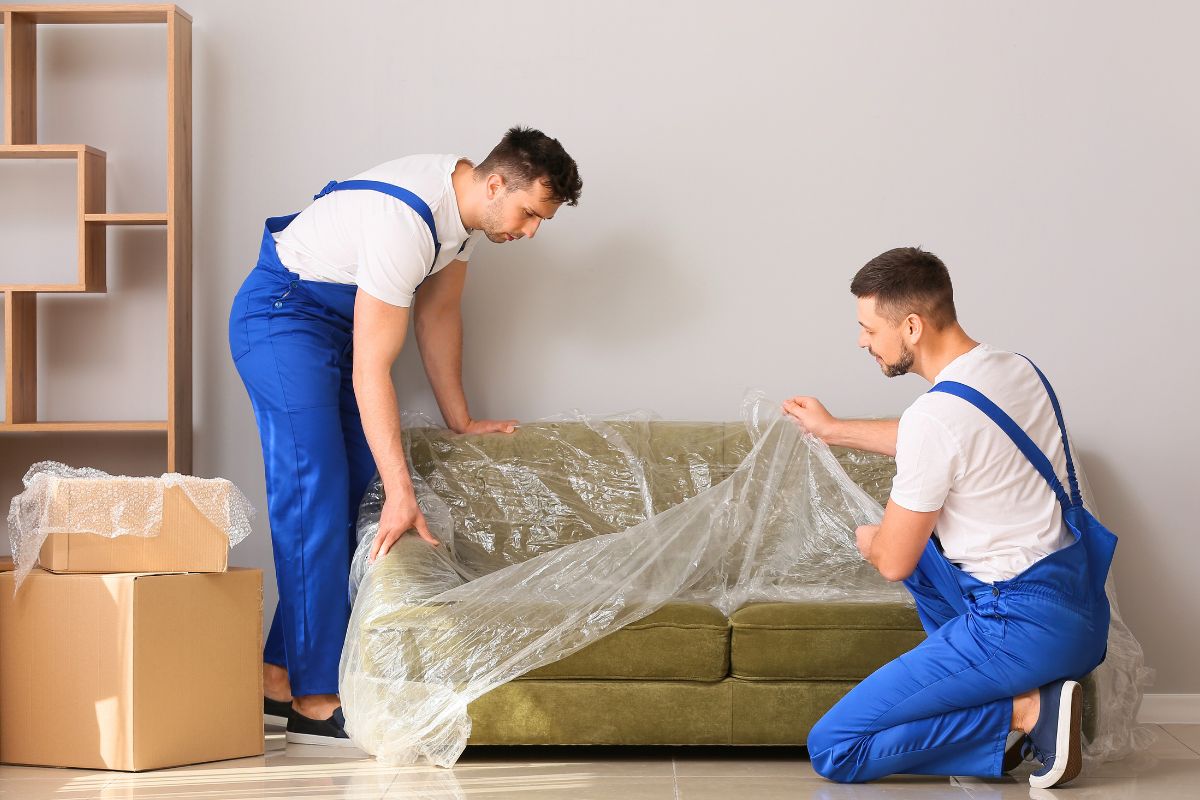
If you need to store your furniture for some time, it’s crucial to shield them from damp and dust to prevent deterioration. These two elements can inflict irreversible damage on your furniture, resulting in stains, mould, rust, discolouration, cracks, or warping. At Guardamuebles y Mudanzas Sotogrande, we understand these concerns and strive to provide you with effective solutions. With this, we will guide you through a series of steps to safeguard your furniture from these adverse elements.
Identifying which Furniture Needs Extra Protection
Determining which furniture pieces require special attention is the first step, as not all are crafted the same way. Some are wear-resistant, while others might be more susceptible to damages. For instance, a metal shelf might be more water-resistant than one made of untreated wood. Hence, factors like material, sentimental and economic value must be considered. Antiques or collector’s items might need extra protection, even if made from sturdy materials.
The first thing you should do is pinpoint which furniture pieces need added protection in the storage facility. Evaluating your belongings, it’s essential to remember that not only material defines their vulnerability. The structure, age, and design of the furniture also play a pivotal role. For example, a solid wooden table may be less damage-prone than a delicate carved wooden chair.
Once you’ve determined which furniture pieces need safeguarding, it’s vital to research and select the appropriate protection methods. Not all furniture requires the same type of care. Upholstered items, like sofas or chairs, may benefit from breathable covers that allow for air circulation while preventing dust build-up. Meanwhile, metal pieces might need a light coating of oil to fend off rust. By taking these measures, you ensure each furniture piece receives adequate care, thus prolonging its lifespan and maintaining its value.
Effective Steps to Shield Your Furniture from Damp and Dust
Before even considering moving your furniture to the storage facility, it’s paramount to ensure they are spotless. Cleaning not only enhances the appearance and condition of your items but also forestalls long-term issues. A mere layer of dust, if left untreated, can scratch and harm surfaces over time. Moreover, trapped moisture can lead to mould formation, damaging the material and affecting its aesthetic and structure. On top of this is the importance of disassembly. Storing large furniture can be challenging, but taking them apart, when feasible, eases transportation and optimises space, minimising damage risk.
Once cleaned and disassembled, external protection becomes a priority. Your furniture’s exterior is susceptible to various factors in a storage environment. Hence, it’s essential to choose cotton covers or specialised plastics that let your furniture “breathe”, thus warding off moisture build-up. Regular plastics might trap moisture, leading to mould growth. Additionally, furniture placement is another consideration. The floor can be a silent foe. Using pallets or blocks to elevate furniture ensures their upkeep and enhances air circulation, keeping them in prime condition.
If there’s a champion in the fight against dampness, it’s desiccant bags. Strategically placed in drawers or under protective covers, they actively absorb environmental moisture. They act as silent guardians, maintaining a dry, furniture-friendly environment, assuring that when you retrieve your pieces from the storage, they’re in pristine condition.
Damp and Dust: Their Impact on Various Furniture Materials
Dampness and dust are stealthy adversaries affecting our furniture’s longevity and appearance, with varying effects depending on the material. Starting with wood: this organic substance, renowned for its warmth and natural allure, absorbs and releases water depending on environmental conditions. Excessive dampness can cause it to swell, crack, or even rot, while an overly dry setting can be detrimental. Dust easily clings to its surface, forming a layer that obstructs its ability to “breathe”, potentially leading to stain or mould formation.
Moving to leather, this elegant and versatile material also has its challenges. Proper hydration is needed to maintain its elasticity and texture. Excessive dampness can make leather absorb water, altering its shape and colour. But if the setting is too arid, it runs the risk of drying out or cracking. Dust can seep into leather pores, making it dirty and diminishing its shine. As for metal, while sturdy, it’s not immune to issues. Reacting with the air’s oxygen and water can lead to oxidation and corrosion, especially in high humidity. A dry environment might impact its lustre and strength. Like other materials, dust sticks to it, tarnishing and soiling its surface.
Sotogrande Storage Facility’s Solution for Your Furniture Care
As discussed, dampness and dust can negatively impact various furniture materials like wood, leather, and metal. Thus, it’s vital to adequately protect your pieces when storing them. But fret not, for at Guardamuebles y Mudanzas Sotogrande, we have the ideal solution to protect your furniture. We offer a secure, clean, and accessible storage service, granting you peace of mind.
Trust in us to keep your valuables safe and shielded!
